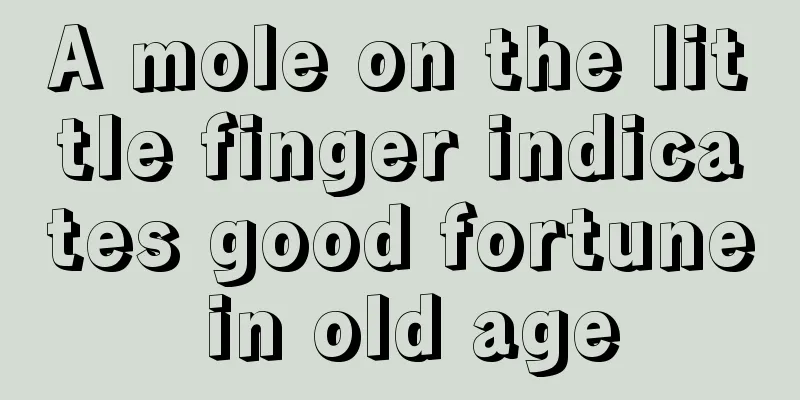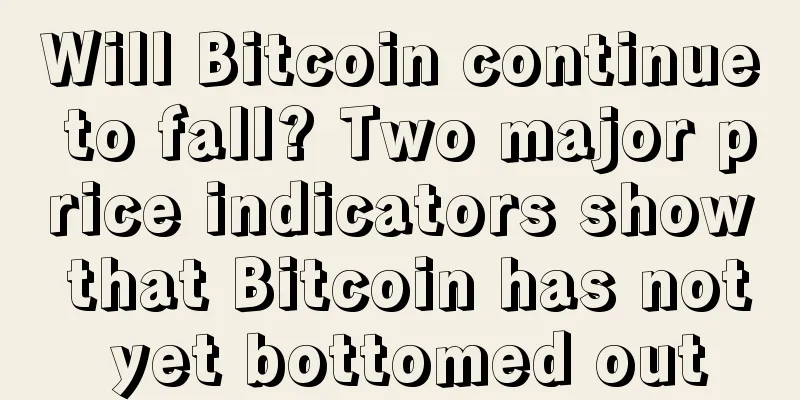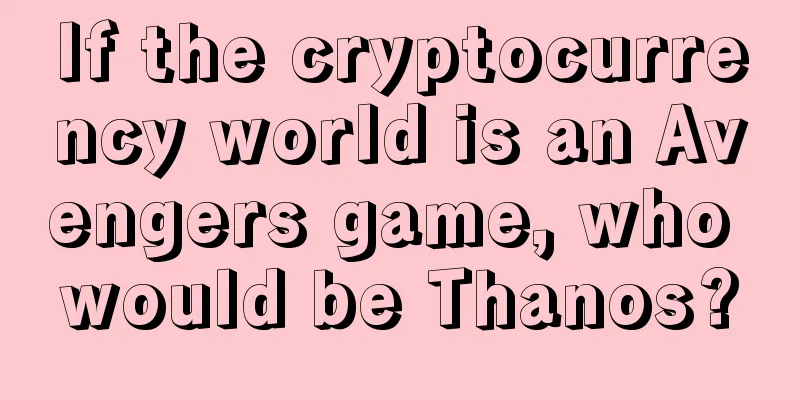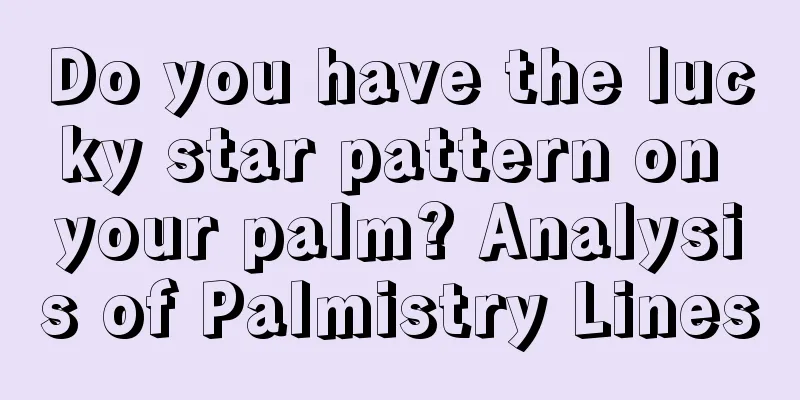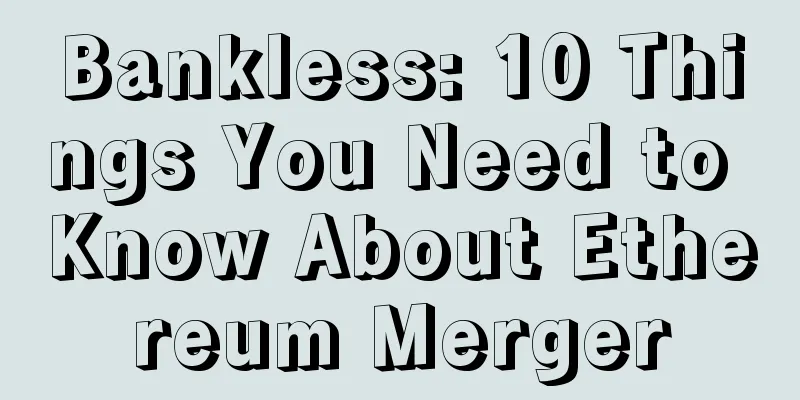Ilink creates blockchain version of 'Rosetta Stone', compatible with various blockchains, improving post-trade processing

|
ICAP has created a “Rosetta Stone” for improving post-trade processing. The Rosetta Stone originally referred to an ancient hieroglyphic text that blended several ancient languages and opened the way to understanding the messages engraved on the ruins of Egyptian sites. ICAP has coined the term to describe its new system for managing the post-trade workflow of securities, which it has compiled into a single business process designed to allow all buyers to trade with any broker. ICAP has carefully designed and written a smart contract to use the current blockchain technology. Therefore, they will introduce a real blockchain technology into the system in the next step. ICAP’s post-trade risk and information services division has been continuing its research since announcing in March that it had successfully tested a blockchain prototype using multi-asset information and its Harmony matching network. Jenny Knott, CEO of ICAP’s post-trade risk and information services division, explained that the system was carefully designed to work with a variety of blockchains. “Smart contracts are compatible with Ethereum today, but if Ethereum becomes something else in the future, we’ve created a system that we think will be compatible with any other equivalent blockchain,” Knott said. Shortly after Knott was named CEO in August 2015, she initially proposed the idea of creating a parallel blockchain service that would run in sync with ICAP’s automated workflows. Building a team Three months after Knott’s appointment, ICAP’s investment arm Euclid introduced her to Axoni, a newly formed private blockchain company, which began exploring distributed ledger prototypes. In December of that year, David Thompson, COO of ICAP subsidiary Traiana, joined Axoni to help create a post-trade prototype. Thompson selected seven of Traianade’s 350 employees to form a team, and by February the team had completed a test that converted transaction data from the bank into smart contracts that could be processed through a network of nodes. Starting with foreign exchange trading in Traiana, the business is creating a blockchain system that can run in sync with its existing reimagined business processes, called the Transaction Lifecycle Center, which is not yet available to customers. The value of smart contracts However, the team had to demonstrate to its customers that their new service was more than just a new toy and that it delivered real value. “When you’re looking at blockchain, you’re essentially asking your customers to trust a new golden resource for information,” Thompson said. He added: “In order to earn that trust, it is natural to demonstrate that the new system does the same thing more efficiently than the old one.” According to data released on Tuesday, the subsidiary’s transaction volume grew 183% from 2015 to 2016 before blockchain integration, and currently about 3 million transactions worth $1.5 trillion are conducted on the Harmony network every day. Keeping up with the times As part of ongoing testing, Traiana is working with one of its 500 partners to address flaws in the system. The test version of this smart contract-based business process is expected to be completed in the first half of next year, and the full version will be released at the end of next year. Through ICAP’s early-stage investment arm Euclid Opportunities’ investment in blockchain company Digital Asset Holdings and ICAP’s partnership with Axoni, Knott said keeping options open is important for the company. Knott said there are still many unanswered questions, such as whether there will be one blockchain that dominates the entire financial industry or a series of competitors. Meanwhile, Knott’s company is busy putting the final blockchain integration into its business processes to help educate regulators. Last week, Knott gave an educational presentation to a number of European regulators. “The scariest thing is that we are agnostic about the underlying technology,” she said. “We have to make sure we are rebuilding the business processes to allow banks to instantly agree and verify a transaction so that it is a legally binding transaction with a digital signature. That is so important.” |
Recommend
What are the facial features of kind-hearted people?
What are the facial features of kind-hearted peop...
Zhuge's Divination 23: Middle and Lower Lot Same as Nine Four
Zhuge's Divine Fortune Twenty-Three Lots: The...
Is it good to have a mole on the elbow? Is there any special meaning?
Many of our friends have moles on their bodies to ...
How to read the fortune line diagram for women? All the explanations are here
Anyone who has a little knowledge of palmistry wil...
How to choose your significant other from your thumbprint
People with complete basket lines should choose s...
Six characteristics of a man who is a good wife
Six characteristics of a man who is a good wife I...
What is the fate of a woman with hanging needle lines? Is this kind of face good?
What is the fate of a woman with hanging needle l...
Which people with the same facial features love to study the essays that get full marks in the college entrance examination?
The college entrance examination, as the most ant...
How to read the broken palm diagram
A broken palm refers to the intersection of the w...
PEY launches Bitcoin salary payment service, receives 300,000 euros in seed funding
Bitcoin payments startup PEY announced that it ha...
The central bank is planning to crack the digital currency issue. Experts: It is fundamentally different from Bitcoin
Advancing in a balance between technology and mac...
Your life fortune from your feet
Your life fortune from your feet Foot 1. If the c...
In three minutes, you can buy Bitcoin
I believe that everyone is familiar with Bitcoin,...
Is the teardrop mole a tear mole? What is the difference between a teardrop mole and a teardrop mole?
As one of the traditional physiognomy techniques, ...
Why did Bitcoin serial number inscription tokens ORDI and SATS collapse?
So far in 2024, the performance of Inscription To...


